The Ayodhya Canto of The Ramayana - As Told By Kamban
This book comprises the uncounted versions of The Ramayana, one of the two great epics of India. Every language of India has its own Ramayana. The three most famous versions, however, are the Sanskrit, attributed to Valmiki, the sixteenth-century Hindi version by Tulsidas, and the ninth-century Tamil classic by Kamban. Valmiki was the author of the original Sanskrit Ramayana. It is a book universally read with reverence throughout India and is at the root of Indian culture. Kamban wrote a beautiful long poem rendering this epic into a Tamil song. Tulsidas has similarly rendered the epic into Hindi for the Hindi-speaking people in a book which is in the home of every Hindi-speaking family in India and read and sung with rapture. Both Kamban and Tulsidas have made some variations in the story so as to suit the manners and the feelings of delicacy of the people of their times. The translation in this book is of the Ayodhya Kandam, which deals with the story of Rama's leaving Ayodhya for the forest and Bharata's suffering as a result of what his mother did. The Ayodhya Kandam is the most dramatic chapter in the Rama legend. According to the best critics of Tamil literature, it is also the finest portion of Kamban's great classic. C. Rajagopalachari (1878-1972), popularly known as "Rajaji", the first Indian Governor General of India, was an ardent patriot, a pioneering social reformer, incisive thinker, profound scholar and author. Rajaji had his education in Bangalore and Madras. He was gifted with the rare talent of re-telling stories from the epics and the puranas. He wrote a number of books of enduring value as the Ramayana, the Mahabharata, the Gita and the Upanishads. He was an accomplished writer and speaker in English and Tamil. He was given the highest National Award, 'Bharat Ratan' in 1954 and Sahitya Akademi Fellowship in 1969.
Get it now and save 10%
BECOME A MEMBER

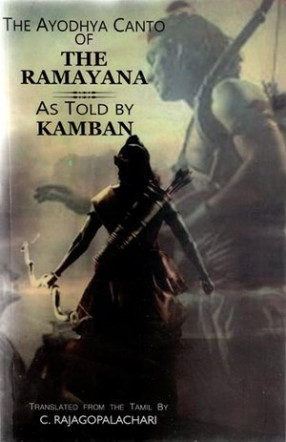
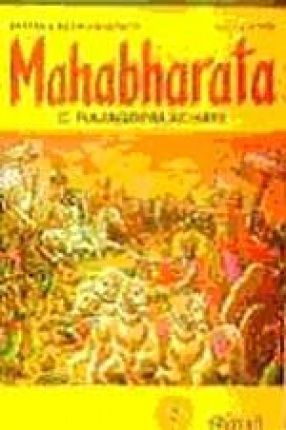
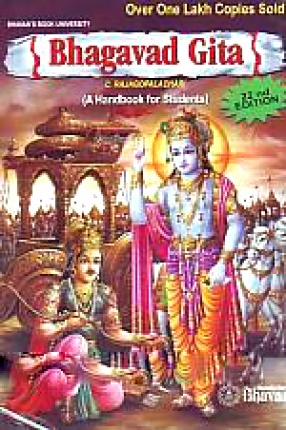
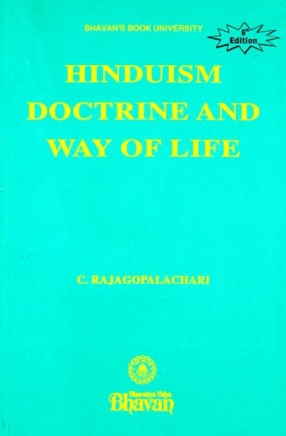
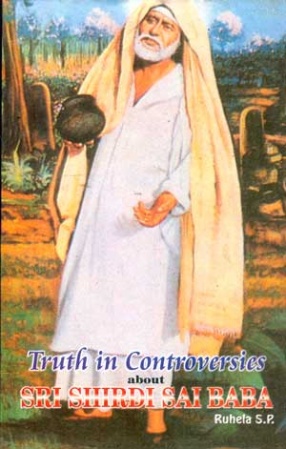


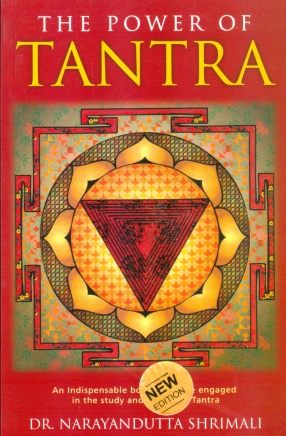

Bibliographic information